Download this fact sheet as a PDF
Hoarding is a disorder that presents persistent difficulty with discarding or parting with possessions. The person who experiences hoarding disorder perceives the items to be a necessity, therefore the need to save them. They may experience distress when faced with discarding the items and will accumulate them to the point of excess.
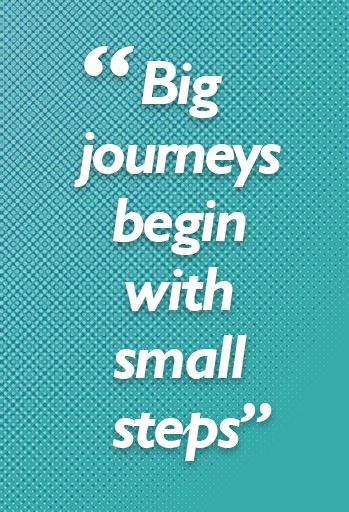 A person may find a need to collect any items, including newspapers, magazines, clothing, household items, or anything they believe they need regardless of value or sentiment. There is also a form of hoarding that is called animal hoarding.
A person may find a need to collect any items, including newspapers, magazines, clothing, household items, or anything they believe they need regardless of value or sentiment. There is also a form of hoarding that is called animal hoarding.
It may often be associated with Obsessive Compulsive Disorder, as it is seen as a compulsion to collect and keep these items, however they are two separate disorders.
Effects of Hoarding Disorder
Hoarding may range from mild to severe, depending on the person’s perception of what they perceive as a necessity to collect or hold. Excessive hoarding may seriously affect daily functioning as their living space may become cluttered with items, eventually limiting ability to move and in some cases sleep properly. Homes may become filled to capacity, and small, narrow openings may be the only way to move from one space to another.
When the number of items and clutter becomes excessive, it is not uncommon for any space in the home to be used for storage, including countertops, beds, stairways, sinks, stoves and floor space. This may extend to outdoor areas once the inside is at capacity. The outside of the home may be piled with items, this may include cars, yards and garages. The person may not see this as a problem which makes seeking treatment challenging.
Symptoms of Hoarding Disorder
Hoarding may begin at any age and is apparent when a person begins to collect and save a number of items to excess, including those that have no real value or benefit. They may become distressed if asked to discard them. As a person reaches middle age, the symptoms likely become more severe and may be more difficult to treat.
Signs of hoarding may include the following;
- Acquiring items excessively that are unnecessary, and where there is little space to keep them.
- A need to keep these items and becoming distressed when faced with discarding them.
- Collecting to a point of clutter where space becomes limited and living space is compromised.
- There may be other symptoms such as indecisiveness, procrastination, difficulty with organisation and planning, and avoidance.
Hoarding is different from collecting. People who collect items generally focus on a particular category, such as stamps, coins, or older items of value. They tend to be well organised, not cluttered and the person does not experience the distress that hoarding brings.
A person with Hoarding Disorder may rationalise their behaviour by believing the items may become useful at some time. They may believe the items will be valuable or serve a significant purpose. Some people may hoard because they have an emotional significance to these items that may remind them of memories or happier times. It may even bring them a sense of security being surround by these things.
Some people may collect animals to the point of excess. The animals may be kept indoors or outdoors and often become neglected because of the number of animals and the time required to care for them. Animal hoarding requires intervention for the safety of the animals and the person who is hoarding them. Generally, the local council is able to assist with this type of hoarding.
Seeking Help
If you or a loved one are concerned about symptoms associated with hoarding disorder, it is best to speak with a GP or mental health professional about your concerns. Treatment for hoarding is available and the sooner it begins, the more effective.
Many government agencies and community centres have resources and information that is helpful with hoarding. Local councils may also be able to assist if the hoarding problem extends outdoors or poses a health risk.
If there are genuine safety or health issues, it may be necessary to contact other welfare or community agencies, such as NSW Health, protective services if children are involved, or animal welfare in the case of animal hoarding.
Treatment
Often people with hoarding disorder may have other mental health issues. This might include anxiety disorder, depression, or obsessive compulsive disorder. It is important that a mental health assessment and evaluation be done by a professional. This will likely include a psychological evaluation and questions about the person’s overall health and lifestyle.
Treatment is generally psychotherapy, which is referred to as talk therapy. This should be done with a therapist who is familiar with hoarding disorder. Cognitive Behavioural Therapy is used and may require ongoing treatment and therapy for a period of time in order to teach the person methods to identify and change their beliefs and reasons for hoarding and accumulating items.
Presently there is no medication that is used to treat hoarding disorder. Treatment may also include a referral to a psychiatrist or psychologist for assessment.
Supporting a Person With Hoarding Disorder
Hoarding disorder may be difficult for families and friends to understand and manage, particularly if the person does not recognise that they have a problem with their hoarding. It may cause distress for families and present questions on how best to help. Some helpful ideas include;
- Encourage the person to seek professional treatment
- Try to learn as much as you can about the condition
- Avoid going into their home or personal space and throwing things away without discussing it with them first. This may cause great distress for the person. Try to discuss it with them first and if no agreement is reached, do not take it upon yourself to clear their clutter.
- Acknowledge their fears of losing their possessions and the changes they will have to make during treatment.
- Be realistic with expectation- don’t expect too much too quickly.
- Seek support for yourself, whether speaking to a mental health professional or attending a support group.
Where to go for help
Lifeline Compulsive Hoarding Treatment Program
UNSW Psychology Clinic Adult Hoarding Treatment Group
Catholic Healthcare Hoarding and Squalor Program
WayAhead Information Services
wayaheaddirectory.org.au
WayAhead Mental Health Support Line – Mon-Fri, 9am-5pm
1300 794 991
WayAhead Anxiety Disorders Support Line – Mon-Fri, 9am-5pm
1300 794 992
